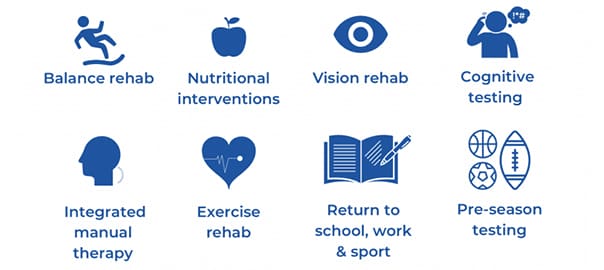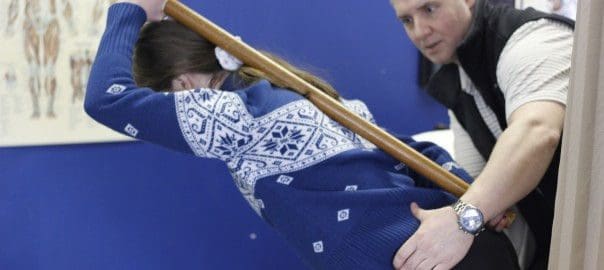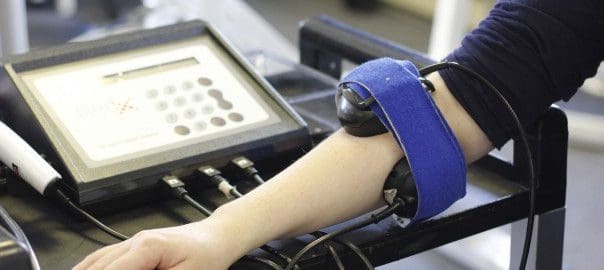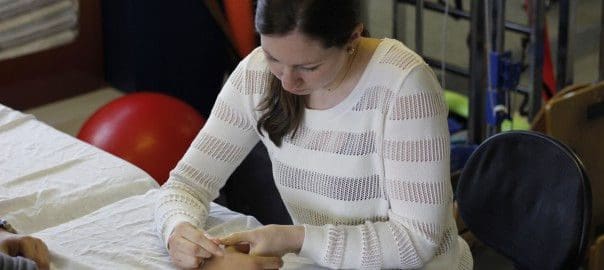Are you excited for the Paris Summer Olympics starting July 26th?
The Summer Olympic Games bring together the world’s top athletes to compete in a wide range of sports. From the high-flying acrobatics of gymnastics to the endurance challenges of cycling and running, the Summer Olympics showcase athleticism at its peak. However, the very nature of these high-performance sports also carries a significant risk of injury. Understanding the high-risk sports within the Summer Olympics and common injuries are crucial for safeguarding athletes’ health and ensuring their peak performance.
In this post, we’ll examine the sports with the highest incidences of injury and discuss the most common injuries across all sports.
Top 10 High-Risk Sports in the Summer Olympics

What sports do you think have the highest rates of injury in the Summer Olympics? Lets take a closer look at injury data from the past 3 Olympic Games.
Tokyo 2020 | Rio 2016 | London 2012 |
| Boxing | BMX racing | Taekwondo |
| BMX racing | Boxing | Soccer |
| Skateboarding | Cycling MTB | BMX Racing |
| Karate | Taekwondo | Handball |
| Handball | Water polo | Cycling MTB |
| Wrestling | Rugby | Athletics |
| Sport Climbing | Soccer | Weightlifting |
| Golf | Handball | Field Hockey |
The sports that appear on the list consistently include BMX racing, Boxing, Taekwondo, Cycling MTB, Handball and Soccer. Some of these sports shouldn’t be a surprise. BMX and MTB cycling poses risks from high-speed crashes and falls. Boxing carries inherent dangers of concussions and facial injuries from direct blows. Taekwondo, with its high-speed kicks and strikes, often leads to injuries. Handball’s fast-paced and physical gameplay results in frequent injuries due to constant contact and rapid movements. Soccer, the world’s most popular sport, sees a high incidence of injuries from sudden changes in direction, tackles, and high-intensity play. Understanding high-risk sports can help with preventive measures by identifying potential dangers and implementing strategies to minimize injuries and enhance athlete safety.
Olympic Sports with the Least amount of Injuries

Certain sports in the Summer Olympics are associated with lower injury rates. Over the past 3 Olympic Games, the sports below consistently have a low incidence of injuries.
- Marathon swimming
- Rowing
- Diving
- Canoe
- Archery
- Trampoline Gymnastics
Marathon swimming, while demanding in terms of endurance, typically results in fewer acute injuries. Diving, despite its acrobatic nature, has a lower incidence of serious injuries due to rigorous technique training and controlled environments. Canoe events involve less physical contact, reducing injury risk. Trampoline gymnastics, although physically intense, benefits from specialized equipment and safety measures that mitigate injuries. Archery and shooting, as precision sports, have minimal physical strain, leading to fewer injuries. Rowing, focused on teamwork and endurance, generally results in lower injury rates due to controlled and repetitive movements. While some sports are intense and demand high levels of physical exertion and skill, they can still maintain a relatively low risk for injury when proper techniques, conditioning, and safety measures are employed.
Most Common Injuries

The most common injuries sustained at the Olympics are ligament sprains and muscle strains. The most common location for injury is the knee, often resulting from the rapid changes in direction, jumping, and twisting motions inherent in sports like soccer, rugby and handball. The posterior thigh and hamstring strains are the second most prevalent area for injury. These injuries often occur due to the explosive movements and high-intensity demands of many Olympic sports, such as sprinting, gymnastics, and weightlifting. Foot and Achilles injuries are also frequently seen at the Olympics. Sports that involve running, jumping, and sudden stops or starts, such as track and field, place significant stress on the feet and achilles tendons, making these areas particularly susceptible to injury.
How Much Time do Athletes Lose From Competition When Injured?
The good news is that despite the physical demands and risks associated with Olympic-level competition, the majority of athletes—about 65%—do not lose any time from their injuries. Many injuries sustained by Olympic athletes are minor strains that can be quickly addressed with proper treatment. However, on the other end of the spectrum, research shows 20% of injuries sustained during the Olympics were categorized as severe. These severe injuries include fractures, dislocations, ligament ruptures, and concussions. Such injuries typically require prolonged absences from training and competition. The sports with the highest rate of injuries with a prolonged absence from training or competition were taekwondo, handball, BMX cycling, and weightlifting.
New Sports at the Summer Olympics

The Olympic Games is adding some fresh new sports including breaking, sport climbing, surfing, and skateboarding.
Breaking: Breaking, also known as breakdancing, is a dynamic and energetic form of dance that involves complex footwork, acrobatics, and stylistic moves. Competitors, are judged on criteria like technique, creativity, and musicality, bringing a fresh and urban flavor to the Olympic Games.
Sport Climbing: Sport climbing tests athletes’ strength, speed, and agility on vertical and overhanging walls. It features three disciplines: lead climbing, speed climbing, and bouldering. In lead climbing, climbers aim to reach the highest point on a wall within a set time. Speed climbing is a race to the top of a standardized route, and bouldering involves solving short, intense climbing problems without ropes.
Surfing: Surfing made waves at the Tokyo 2020 Olympics. Held in natural ocean conditions, surfers compete on shortboards and are judged on the difficulty and innovation of their maneuvers, as well as their style and execution. The sport brings an adventurous and beach culture vibe to the Olympic arena.
Skateboarding: Skateboarding, with its roots in street culture, debuted at the Tokyo 2020 Olympics. The competition includes two disciplines: street and park. In street, skaters perform tricks on stairs, rails, and other urban obstacles, while park takes place in a bowl-like course with curves and ramps. Judges score based on the difficulty, originality, and execution of the tricks.
These new Olympic sports each come with their own set of injury risks. Skateboarding has a high risk of injury, where at the Tokyo Olympics, 21% of competitors sustained injuries, highlighting the unique challenges of this high-energy, trick-based sport. Surfing saw 12% of athletes getting injured, while sport climbing had a 15% injury rate, emphasizing the physical demands and risks inherent in these dynamic disciplines.
Conclusion

As we eagerly anticipate the Paris Summer Olympics, it’s essential to recognize the importance of injury prevention to safeguard athletes’ health. While sports like BMX racing, boxing, taekwondo, and handball consistently show high injury rates, sports such as marathon swimming, rowing, and archery have lower incidences of injuries. Understanding these patterns helps in implementing effective prevention strategies. Additionally, new sports like breaking, sport climbing, surfing, and skateboarding bring fresh excitement but also unique risks. By being aware of these risks and focusing on safety measures, we can ensure athletes perform at their peak while minimizing the likelihood of serious injuries. As we cheer for our favorite athletes, let’s also support the efforts to keep them safe and healthy throughout the competition.
References
1. Engebretsen, L., Soligard, T., Steffen, K., Alonso, J. M., Aubry, M., Budgett, R., Dvorak, J., Jegathesan, M., Meeuwisse, W. H., Mountjoy, M., Palmer-Green, D., Vanhegan, I., & Renström, P. A. (2013). Sports injuries and illnesses during the London Summer Olympic Games 2012. British Journal of Sports Medicine, 47(7), 407-414. https://doi.org/10.1136/bjsports-2013-092380
2. Soligard, T., Palmer, D., Steffen, K., & Lopes, A. D. (2023). New sports, COVID-19 and the heat: Sports injuries and illnesses in the Tokyo 2020 summer Olympics. British Journal of Sports Medicine.
3. Soligard, T., Steffen, K., Palmer, D., Alonso, J. M., Bahr, R., Lopes, A. D., Dvorak, J., Grant, M. E., Meeuwisse, W., Mountjoy, M., Costa, L. O. P., Salmina, N., Budgett, R., & Engebretsen, L. (2017). Sports injury and illness incidence in the Rio de Janeiro 2016 Olympic Summer Games: A prospective study of 11274 athletes from 207 countries. British Journal of Sports Medicine, 51(17), 1265-1271. https://doi.org/10.1136
































